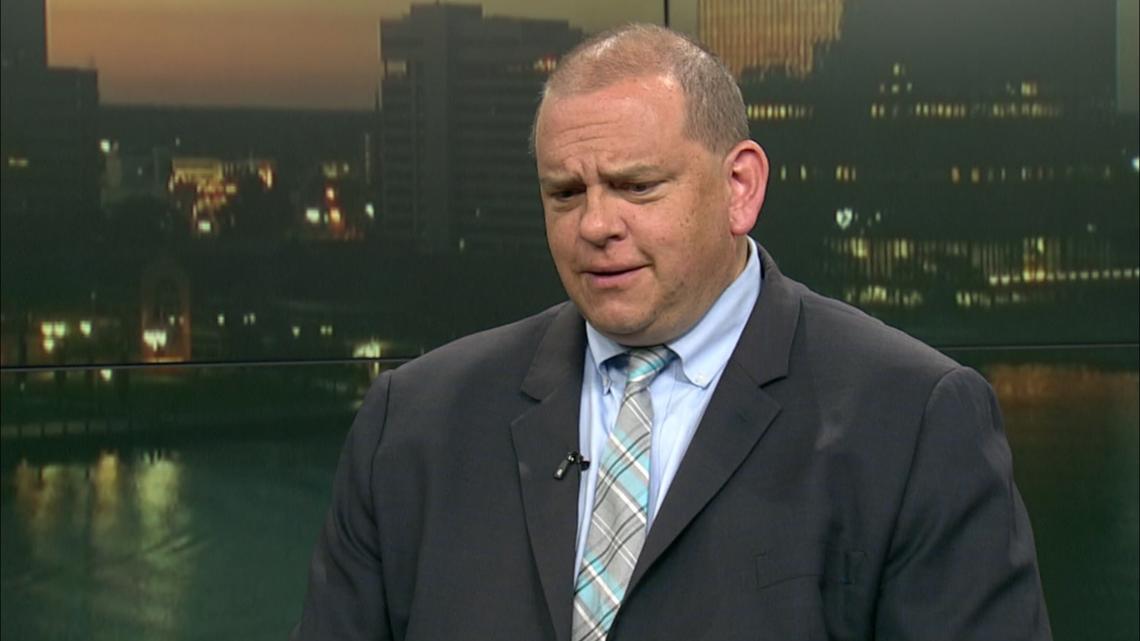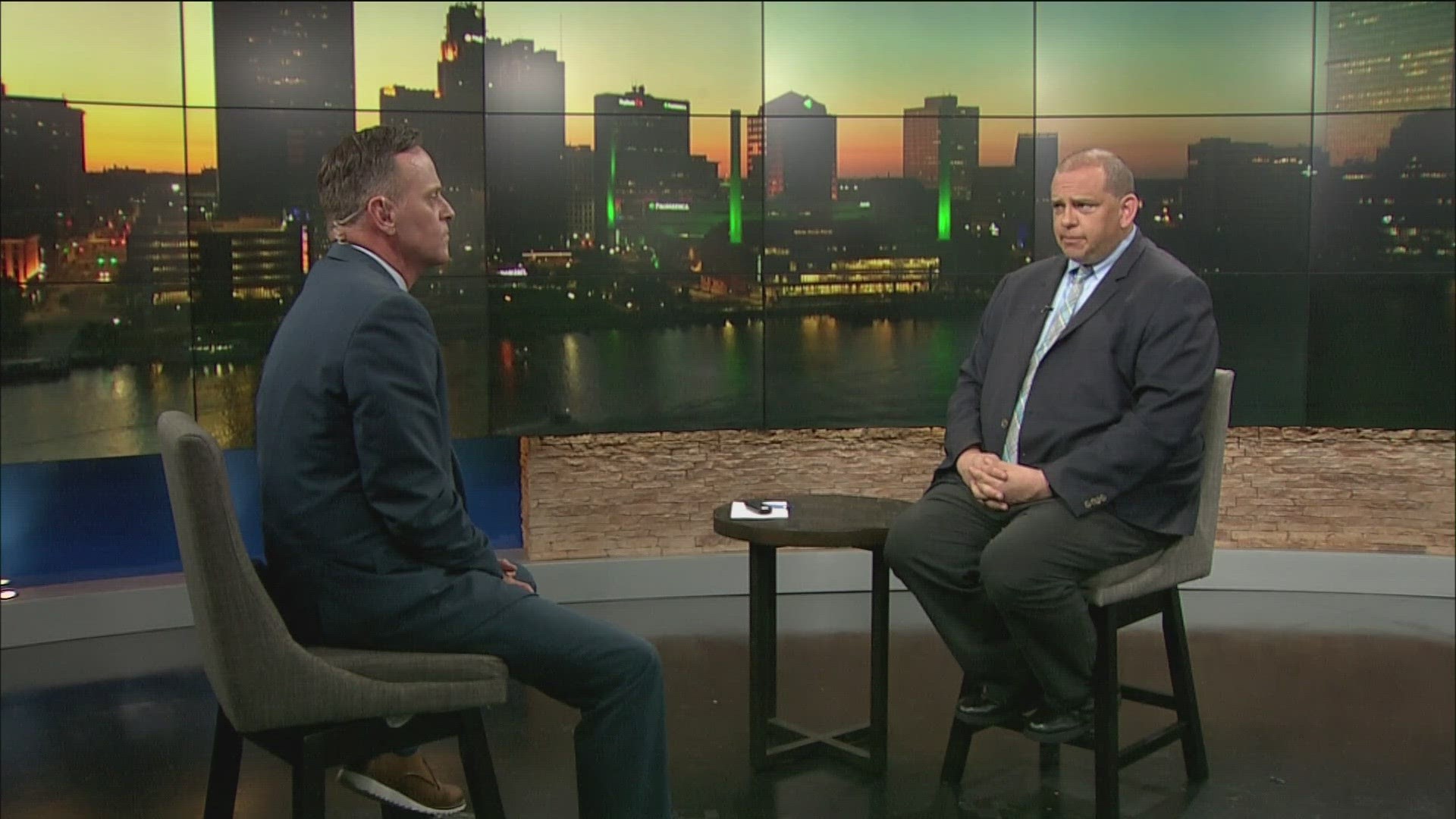TOLEDO, Ohio — Over three weeks ago, UAW Local 12 members followed the call of United Auto Workers President Shaun Fain by standing up and striking the Stellantis Toledo North Assembly Plant. Toledo’s Jeep facility was one of three plants across the United States that took to the picket line (the others were in Michigan and Missouri) that Friday, Sept. 15.
Now, three weeks into the strike, and for the first time since, WTOL 11 sat down with Toledo Mayor Wade Kapszukiewicz to discuss the strike’s impact.
Kapszukiewicz, a Toledo native now in his sixth year in office, said this strike is not only historical on the national front, but it’s also historic for Toledo as the birthplace of Jeep.
"We've been making it for 83 years,” Kapszukiewicz said. “They've never been on strike before, this is the first time in 83 years that anything like this has happened.”


During our interview Thursday evening at the WTOL 11 studio in downtown Toledo, Kapszukiewicz said these are not typical times, and he hoped Toledoans could let the negotiations play out. But with no signs of a deal, we pressed him to talk dollars and cents and asked what this strike was costing the city.
“Every month that the workers at Jeep are out on strike costs the city not quite a million dollars - but almost a million dollars in lost general fund revenues from loss of income tax," Kapszukiewicz said.
Just to be sure, we checked in with Toledo City Councilman George Sarantou, who is chair of the finance committee. We asked him if he could support those figures. While he said he couldn’t answer as far as monthly payroll at Jeep is concerned, he did tell us, “if every UAW employee was on strike (including GM and Stellantis) the city would lose about $1.5M a month.” As of Oct. 6, that is not the case.


So does that mean city employees don't get paid at some point? Or, does this mean that city services would come to a screeching halt? The Mayor said, “No.”
"If this Jeep strike, or if this UAW strike that affects Jeep turns into a rainy day, no one's happy about that, but at least we planned for it,” Kapszukiewicz said. ”And so we will be ready from the standpoint of the city of Toledo to meet our obligations. It will not affect the operations of the city of Toledo - not one bit."
Kapszukiewicz explained Toledo's so-called "rainy-day" fund sits at about $64 million right now. He stated that money, if needed, would sustain city services should the strike continue and the city run low on money. He also claimed the city’s rainy-day fund is currently six times the size it was when he took office.
Toledo Finance Committee Chair George Sarantou did corroborate that rainy day fund number for us saying, “...it'll have about $64 million by the end of this year.”
Since the beginning of the strike three weeks ago, the WTOL 11 team has been reporting on the impact it’s having on the Toledo economy. In fact, this week there were UAW members on the picket line who told our Kristy Gerlett they were already picking up, looking for, or interviewing for secondary jobs.
“Those 6,000 employees make a total of $36 million per month,” Kapszukiewicz said. “So you can think of that, whether you refer to that as purchasing power or buying power, that is an aggregate $36 million loss to the local economy…fewer blue jeans being purchased…fewer trips to restaurants and such."
The Mayor said he's a true believer in the process, regardless of the negotiations going back and forth between UAW leadership and the Big Three and he says he thinks the end result could ultimately benefit Toledo.
"While it is true that there is a financial loss to the city right now from lost income tax revenues, when this is resolved - and it will eventually be resolved - these employees will be getting taxed at a higher wage, and we will be bringing in, at that point, be bringing in more in income tax collection than we were before,” Kapszukiewicz said.
MORE COVERAGE FROM WTOL 11

